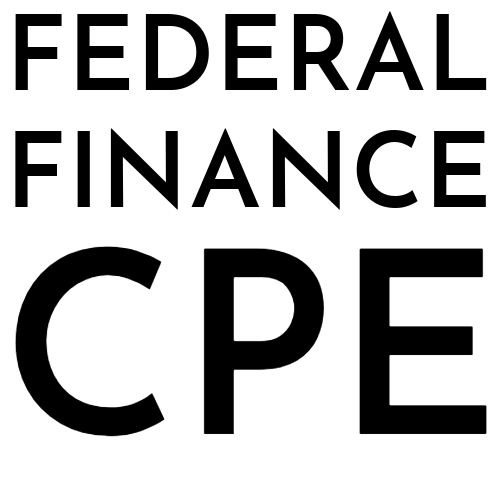PBC Tickler
Creating a PBC Tickler will save you time, reduce frustration, and provide a better experience for your stakeholders.
The Value of a PBC Tickler for OMB A-123 Assessments
Hi, I'm Rob with Federal Finance CPE. Today I want to talk about a simple but powerful tool that can transform your OMB A-123 internal controls assessment process: the PBC tickler.
The Bottom Line
A PBC tickler is a method for taking your prepared-by-client (PBC) list and distilling it down to what's overdue and what's due in the next two weeks. This tool—which can be as simple as filtering an Excel spreadsheet by date—lets you proactively communicate upcoming due dates to partners across your organization.
The result? No surprises for anyone, timely reminders on past-due items, and a controllable process that keeps you on schedule while improving assessment quality.
Why Use a PBC Tickler? Two Key Benefits
1. Eliminates the Surprise Factor
When you're conducting an OMB A-123 assessment, you're working with people throughout your organization. Some groups—finance, procurement, budget—are familiar with this process because it's similar to financial statement audits. They know what's expected and generally manage their deliverables well.
But here's the thing: internal controls assessment is our day job, not theirs. We're tuned into every due date, but it's not always everyone else's top priority.
By maintaining a tickler that looks two weeks ahead and sending regular reminders, you remove any surprise factor. You're giving visibility to what's needed and helping partners allocate their time accordingly. Instead of being seen as the enforcement team coming to "get" people, you become the helpful partner saying, "Hey, this is due soon."
2. Builds Collaborative Relationships
Constant reminders and proactive communication build relationships based on partnership rather than adversarial enforcement. You're showing stakeholders that you want everyone to be successful by giving them the tools to meet requirements.
When you collaborate instead of demand, you'll find that people don't view the A-123 team as something to fear. They understand you have a job to do, they have a job to do, and you're all working together.
An interesting side effect: when you maintain good rapport through regular communication, you're more likely to grant legitimate extension requests. Because you're in constant contact, you know exactly what's happening—there are fewer surprises and fewer questionable "we don't have availability" requests.
How the Workflow Works
Here's a simple monthly process:
- Start with your PBC list and distribute it to all stakeholders
- During weekly or biweekly stakeholder meetings, filter your list to identify:
- Any PBCs that are late (these always get highlighted)
- Items due in the next two weeks
- Share this filtered view during status meetings, calling out items by organizational group (accounting, budget, HR, etc.)
- Watch stakeholders perk up when they hear their group mentioned—"Wait, you said my group? What was that again?"
The key mindset: Don't be too proud to send reminders. At the end of the day, if you get your PBCs when you need them and on time, life is great.
Making It Work Mechanically
You have several options for implementing a PBC tickler:
- Excel approach: Maintain your PBC list in Excel with a second filtered table showing upcoming due dates
- SharePoint list solution: Set up automatic filtering based on due dates and share a link to all stakeholders.
- Power BI dashboard: Create a comprehensive view showing overall PBC workload and volume, plus a focused tickler report
Choose whatever works best for your organization's technology environment and comfort level.
Take Action
Try implementing a PBC tickler in your next OMB A-123 assessment. Send those reminders, help your partners stay on track, and see if it improves your audit process.
The goal is simple: make internal controls assessment a collaborative effort where everyone wins.
For more federal accounting and internal controls insights, check out our continuing professional education courses focused specifically on the federal finance workspace.
